Teaching Life Skills in the School Library
Teaching Life Skills in the School Library
Career, Finance, and Civic Engagement in a Changing World
Blanche Woolls and
Connie Hamner Williams

Copyright 2019 by Blanche Woolls and Connie Hamner Williams
All rights reserved. No part of this publication may be reproduced, stored in a retrieval system, or transmitted, in any form or by any means, electronic, mechanical, photocopying, recording, or otherwise, except for the inclusion of brief quotations in a review, without prior permission in writing from the publisher.
Library of Congress Cataloging-in-Publication Data
Names: Woolls, Blanche, author. | Hamner Williams, Connie, author.
Title: Teaching life skills in the school library : career, finance, and civic engagement in a changing world / Blanche Woolls and Connie Hamner Williams.
Description: Santa Barbara, California : Libraries Unlimited, [2019] | Includes bibliographical references and index.
Identifiers: LCCN 2018043994 (print) | LCCN 2018053086 (ebook) | ISBN 9781440868900 (ebook) | ISBN 9781440868894 (paperback : acid-free paper)
Subjects: LCSH: School librariesActivity programsUnited States. | School librarian participation in curriculum planningUnited States. | Life skillsStudy and teachingActivity programs. | Libraries and education.
Classification: LCC Z675.S3 (ebook) | LCC Z675.S3 W875 2019 (print) | DDC 027.8dc23
LC record available at https://lccn.loc.gov/2018043994
ISBN: 9781440868894 (paperback)
9781440868900 (ebook)
23 22 21 20 19 1 2 3 4 5
This book is also available as an eBook.
Libraries Unlimited
An Imprint of ABC-CLIO, LLC
ABC-CLIO, LLC
147 Castilian Drive
Santa Barbara, California 93117
www.abc-clio.com
This book is printed on acid-free paper 
Manufactured in the United States of America
This book is dedicated to Miriam Lykke, an ESL teacher for many years at Senn High School in Chicago whose mantra was Never borrow money to pay for education. Instead research ways to get scholarships, go to a college you can afford to attend, work to earn the tuition before you enroll, or work while you go to class, and to my granddaughter, Laura Woolls, and her three Georgetown roommates, Deserea Brio, Frankie Rubio, and Julie Zovak, who continue to share family and friends after they have finished that step in their lives. They are examples of how to follow Miriams edict.
Blanche
Dedicated to all the librarians who step out of their comfort zone to try new things, who share their wisdom widely, and who support others as we all take those courageous steps to bring information, imagination, and serendipity to each and every student we encounter. Thank you, each and every one of you.
Connie
Contents
Preface
This book encourages school librarians to think about the many ways that they can help students successfully clear the many hurdles they encounter through their years in K12 education along the way toward that diploma. This kind of student support goes beyond the role of managing the room in the school called many different names, from library through media center and learning commons. It goes beyond helping students learn to read and enjoy reading and goes well beyond teaching them how to become information literate. It goes beyond those lessons librarians teach, as a part of a directed unit of instruction, when classes come to the library with their teachers. It moves into very different ways to use your library to help students grow.
In asking you to consider taking on these new assignments that might not fit easily into your already busy day, you will find an icon  that indicates an activity to help you implement the text. These activities are found at the end of each chapter. Many of them can be done almost as an aside to your other plans with students. Others will require working with another teacher or the guidance counselor, and yet others will require administrative support. What is most important is that students learn from their earliest time in school how to be prepared for life after graduation.
that indicates an activity to help you implement the text. These activities are found at the end of each chapter. Many of them can be done almost as an aside to your other plans with students. Others will require working with another teacher or the guidance counselor, and yet others will require administrative support. What is most important is that students learn from their earliest time in school how to be prepared for life after graduation.
By providing additional programming opportunities, those activities given during student off time from recess in elementary to study hall in the upper grades, lunch hour, and before and after school, you are introducing students to the many real-life issues they face as they move through the grades toward graduation and when they step into that real world.
This book shares activities from school library colleagues, from government and educational sources, from observations and programming at conference, as well as from personal experiences. The bibliography at the end of the book includes the resources mentioned in the book and other information that will be helpful to you as you continue your efforts to collaborate with your teachers, your administration, and your community to help your students prepare for the challenge of being an adult. The activities and the bibliography are designed to encourage you to think about the proposed ideas, try them out as they are, or modify them before you begin. You are invited to contact your authors with any questions you may have about your plans and to share your successes so we can help you share them widely: Blanche Woolls (blanche.woolls@sjsu.edu) and Connie Williams (chwms@mac.com).
You may have your own ideas for helping your students find ways around obstacles in their path with a different kind of instruction. You need to share those successes with your colleagues both locally and nationally. Prepare a presentation for your school district librarians and teachers or your state library conference. This book encourages school librarians to do all that they can to prepare every student to make it to graduation well prepared for the wide world that awaits him or her. It means taking that leadership role in the school to show the importance of reaching all children with the message that they can succeed and you are there to help them.
Chapter 1
Leading Students into Their Future after High School
Children starting school today are entering a world that is in constant flux. Politics, the environment, immigration, and other important issues are topics that confront them from many vantage points. Many students are deeply involved in these issues themselves, while others hear and see the conversations going on through television or social media. Television can offer varying perspectives, and if parents watch the news on different channels, children may see many versions of events. In a perfect world, parents and children would be discussing these events after listening, viewing, and reading about them in a variety of media. However, fewer children watch their parents reading the printed newspaper, because fewer adults read the newspaper today. As of early 2016, just two-in-ten U.S. adults often get news from print newspapers. This has fallen from 27% in 2013. Many television channels and other media, including social media, easily offer a filter bubble that gives one perspective, making it incumbent upon viewers today to know and understand the mission and goals for those television news and other programming channels. Looking for those programs and newspapers, either online or in print, offering an editorial process that includes editing and content checking, viewers can begin to weigh in on the facts that are reported and make personal decisions on where and how they might want to act upon that news.

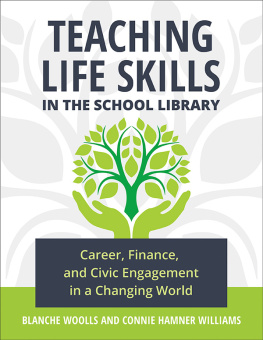
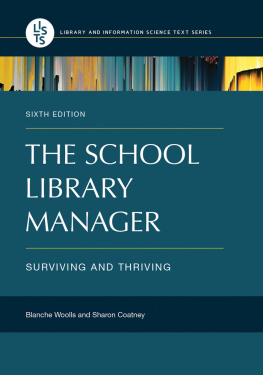

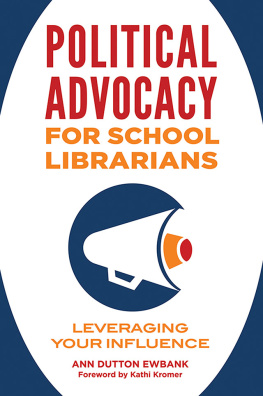
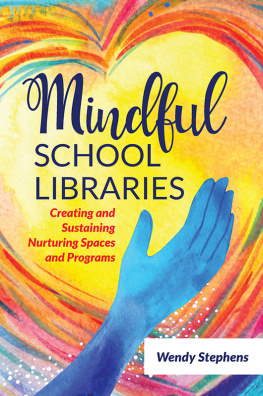


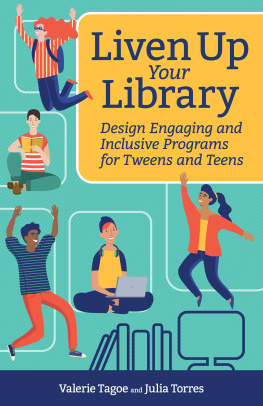
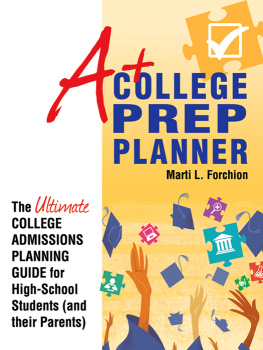
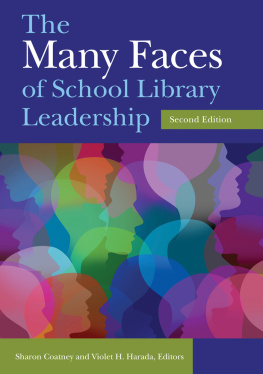
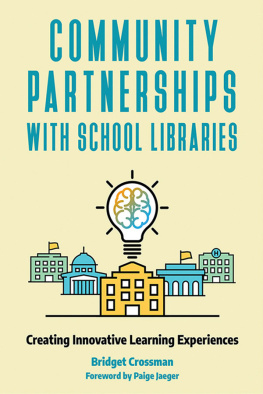



 that indicates an activity to help you implement the text. These activities are found at the end of each chapter. Many of them can be done almost as an aside to your other plans with students. Others will require working with another teacher or the guidance counselor, and yet others will require administrative support. What is most important is that students learn from their earliest time in school how to be prepared for life after graduation.
that indicates an activity to help you implement the text. These activities are found at the end of each chapter. Many of them can be done almost as an aside to your other plans with students. Others will require working with another teacher or the guidance counselor, and yet others will require administrative support. What is most important is that students learn from their earliest time in school how to be prepared for life after graduation.